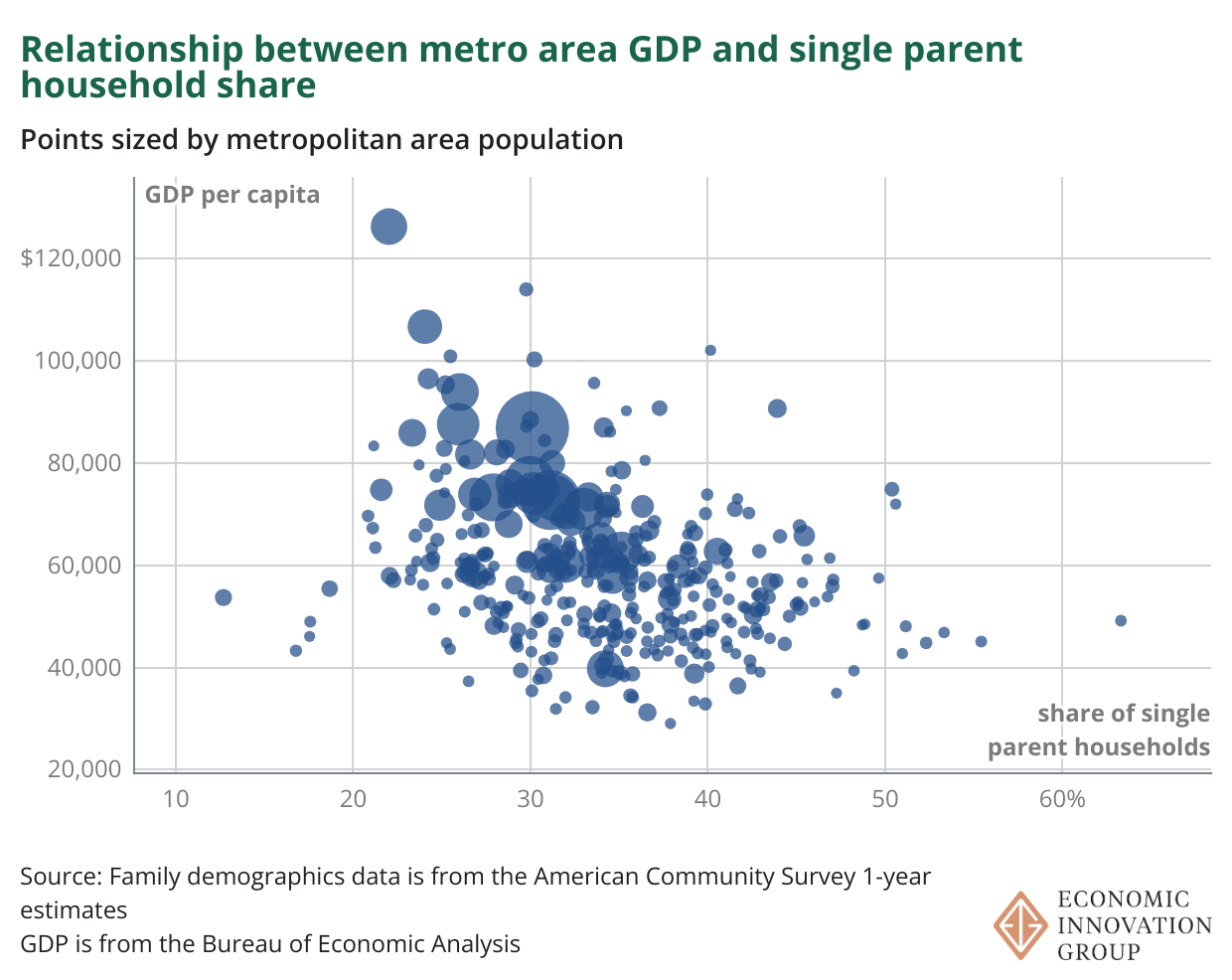What is GDP good for?
Every now and then, a debate resurfaces about the flaws of Gross Domestic Product (GDP) as a measure of the economy.
These arguments typically focus on what GDP leaves out. Critics say that it was invented in an earlier time to measure a different kind of economy in which physical goods accounted for a bigger share of output than they do now, and thus it fails to properly capture the value of intangible products like digital services and intellectual property.
Other critics argue that GDP can’t account for wider measures of human flourishing like happiness, safety, and a clean environment. Or that it says nothing about inequality and distributional issues.
But a more recent criticism has emerged from inside Trumpworld and argues instead that GDP captures too much. This idea is reflected in comments by Commerce Secretary Commerce Secretary Howard Lutnick, who recently said to Fox News: “Governments historically have messed with GDP. They count government spending as part of GDP. So I'm going to separate those two and make it transparent.” Elon Musk had tweeted in support of the same idea.
Some of these criticisms are better and more nuanced than others. But leaving aside the technocratic arguments, the reality is that GDP actually does correlate quite well with a lot of the stuff that people care about.
Looking at international data, for example, it’s clear that GDP per capita correlates with things like life expectancy, infant mortality, and life satisfaction.
But I also like to emphasize a data point that usually gets ignored: Within the United States, GDP per capital is once again highly correlated with important measures of prosperity.
We can start, for instance, with GDP per capita at the metro level. I adjust GDP per capita using regional cost of living measures provided by the Bureau of Economic Analysis. And I exclude three metro areas that are extreme outliers — San Jose in California, Midland in Texas, and Salisbury in Maryland — because these are the three in which GDP per capita is more than three times the national average.
That leaves us with 370 metro areas for which we have GDP data and can test its correlation against other economic indicators.
First, we can see that GDP per capita is correlated with median household income, a measure that we can all agree is meaningful.
The correlation between GDP per capita and median household income is 0.53, and if we weight by population, the correlation is 0.68. Using regression analysis, a 1 percent increase in GDP per capita is associated with a statistically significant 0.35 percent increase in median household income.
Critics might argue that money isn’t everything, and instead we need to focus on the importance and dignity of work. So the second correlation we test is per capita GDP with employment. To measure this, we look at the share of adults in their prime working years (ages 25 to 54) who are employed in 2023. The chart is once again clear. Higher per capita GDP is clearly associated with greater levels of employment: The correlation is 0.5, and a 1 percent increase in GDP is associated with a 0.1 percent increase in the prime employment rate.
All across America, in other words, metro areas with high GDP per capita both enjoy high real incomes and also happen to be where jobs are plentiful.
Even social measures that reflect more than just economic circumstances are often correlated with GDP. To take one example, 1 percent increase in per capita GDP is associated with a 0.33 percent decrease in the share of single-parent households.
I am happy to acknowledge, and even to emphasize, that GDP per capita isn’t everything. Measuring a wide variety of socioeconomic outcomes is a good idea. Employment, for instance, is even more strongly correlated with a lower share of single-parent households than GDP is.
But overall, GDP is an undeniably important and helpful indicator. It may not include everything that matters, but it is strongly related to many things that do. And that is not a coincidence. The relationship exists because economic growth itself matters immensely. Progress and flourishing are not accomplished through economic growth alone, but they rarely exist in places without it.




